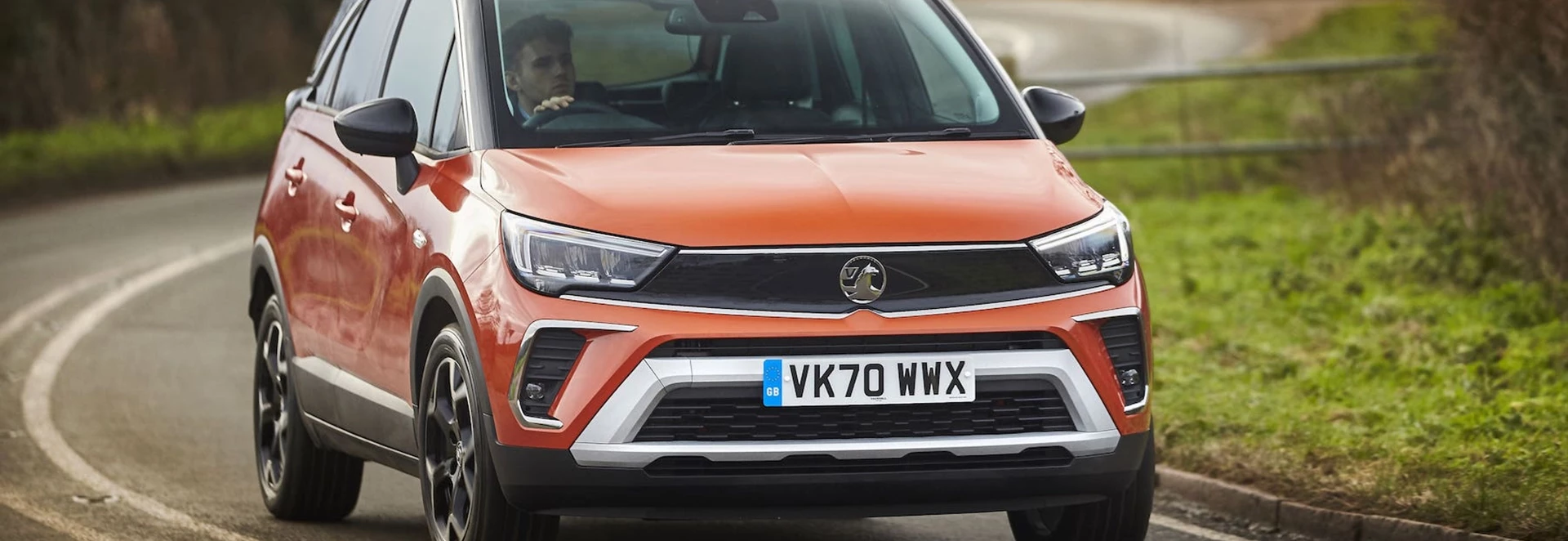Introduction
Crossovers have quickly become big business for just about every mainstream manufacturer, but Vauxhall seems to have benefited particularly well. Its Crossland, Mokka and Grandland models are among some of the most popular cars in its segment, with their attractive prices and roomy interiors all proving a big draw – especially to families.
It’s the Crossland that serves as the entry-level SUV in the Vauxhall range, though despite its popularity, it was never hugely impressive with poor cabin quality and a sub-par driving experience letting the side down.
But now Vauxhall is back with a mid-life update, with the latest version now known just as the ‘Crossland’, rather than the ‘Crossland X’ as before. It also gets a raft of new design changes, which have been inspired by the latest Mokka. These include a new ‘Vizor’ front end that wraps the badge headlights behind one strip of glass, while tweaks to the steering and damping and aim to improve things too. However, in a seriously crowded class, are these tweaks enough to compete with the best?
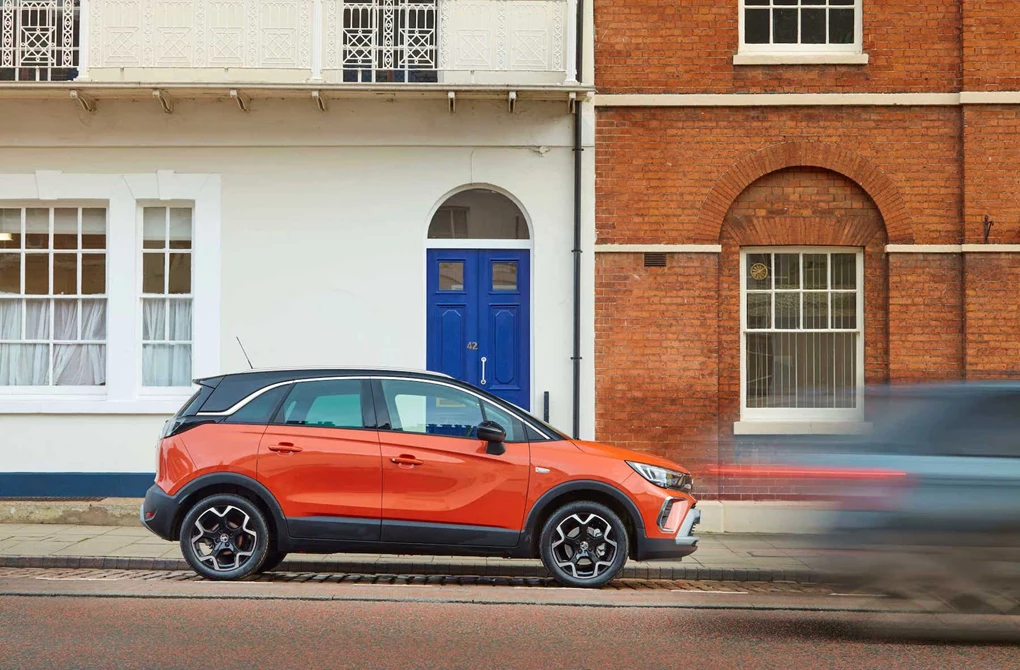
Performance
Vauxhall hasn’t tweaked the Crossland’s engine line-up, with the same range of petrol and diesel units available.
A lethargic naturally-aspirated 82bhp 1.2-litre petrol kicks off the range, but we’d recommend upgrading to the turbocharged 1.2-litre model, which is available with either 108bhp or 128bhp. Our test car is the latter, and is joined to a six-speed manual gearbox, though a six-speed automatic is also available.
It’s able to get the Crossland from 0-60mph in a respectable 9.5 seconds and reach a top speed of 125mph, while Vauxhall claims close to 50mpg, with CO2 emissions of 132g/km.
While no electrified options are available, a 1.5-litre turbodiesel is the one to go for if you want the lowest running costs – Vauxhall claiming up to 62.8mpg, with CO2 emissions of 118g/km.
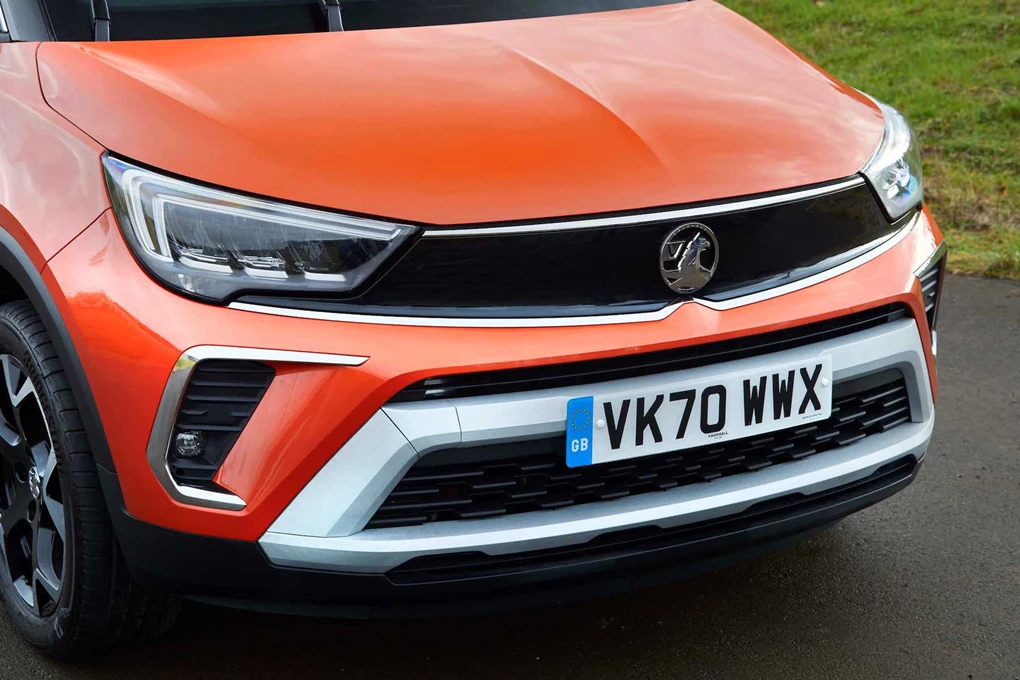
Ride and handling
As we’ve already mentioned, the previous Crossland X’s drive was one of its key weaknesses, and though even now it won’t challenge the class-leaders, it’s certainly made a step in the right direction.
It’s now more settled and refined at higher speed, while – like before – large windows and light steering make it ideal around town, which is likely where the majority of Crosslands will be driven.
This turbocharged engine is also a good match, delivering plenty of shove to get the Crossland up to speed when needed, yet also delivering decent efficiency. That said, if overall driving pleasure is important, a Ford Puma or Seat Arona are the models to go for.

Interior and equipment
Inside, there are new red dashboard trim and a snazzy orange-striped interior accents, but ultimately not a huge amount has changed on the Crossland’s cabin. It’s not necessarily a bad thing as the layout is intuitive and the touchscreen slick enough and easy to use, but ultimately the quality and technology levels do lag behind rivals.
On a brighter note, the Crossland delivers on the spaciousness front. Adults will be able to sit quite comfortably in the rear, while sliding rear seats let you increase the boot’s volume if needed.
In terms of equipment, four trim levels are available – SE Edition, SRi Edition, Elite Edition and Ultimate. Standard equipment includes a seven-inch touchscreen with Apple CarPlay and Android Auto, LED headlights, air conditioning and cruise control.
Upgrade to the SRi Edition to get a larger eight-inch touchscreen with satellite navigation, along with rear parking sensors, more stylish 17-inch alloy wheels and a black roof. Elite Edition then brings a reversing camera and heated front seats, while the flagship Ultimate brings keyless entry, Alcantara seat trim and additional driver assistance features.
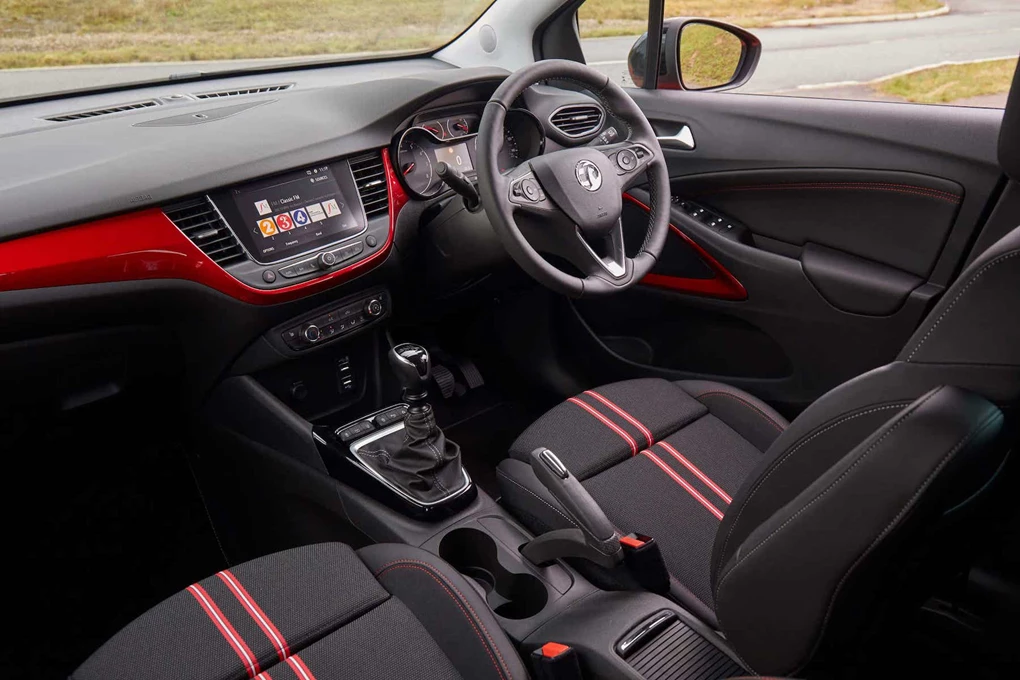
Cost
The Crossland remains good value for money in its class, with a starting price of £19,555 being right on the money, though we’d recommend at least upgrading to the turbocharged engine, which is available from £20,725.
We’d also recommend sticking to the Crosslands at the lower end of the spectrum, as with prices rising to £28,575 for a top-spec car, this Vauxhall just can’t quite justify that kind of price.
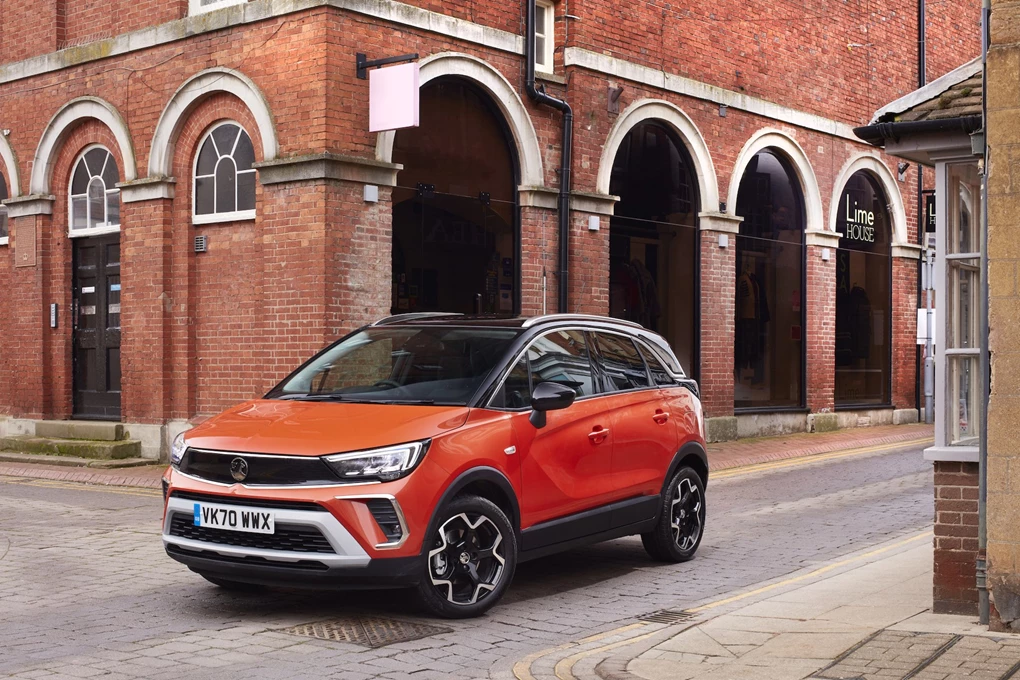
Verdict
Updates to the Vauxhall Crossland have certainly brought welcome improvements to this crossover. It now looks better, while is a much better all-rounder to drive, too.
While it still won’t get close to rivalling the best in this class, if you’re after an affordably priced, practical crossover, it’s worth taking a look at the Crossland.
Enquire on a new Vauxhall Crossland